In October ’93 I was spending a few days in Dingle after the madness of the Children’s Book Festival and I took one of the dolphin boats out to see Fungi. The boat was full of dolphin-spotters and, whatever the reason, when the captain cut the engine every one of us faced starboard to scan the waves. After a few minutes I got the funny feeling that I was being watched and turned my head to look to port. And there he was, Fungi, breaking the surface and laughing at us.
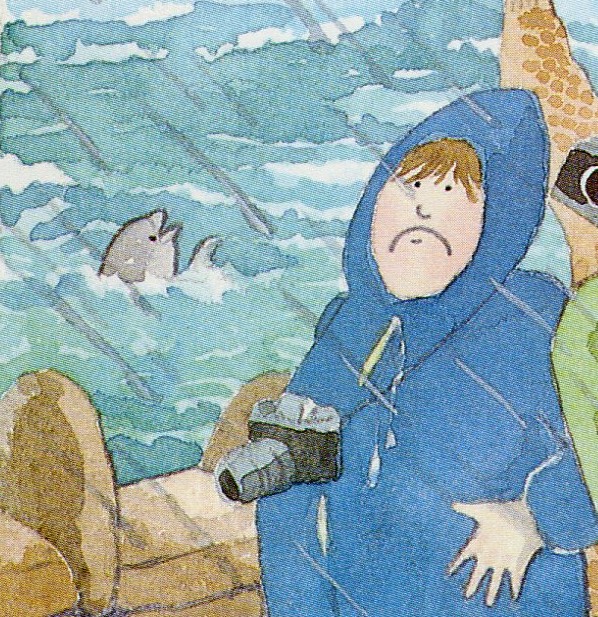
By 1993 Fungi was a decade in residence in Dingle harbour. He was famous countrywide; everyone had heard of the Dingle Dolphin. In 1991 I’d painted him in the background of an illustration in The Sleeping Giant, which was published by the Dingle-based Brandon Press. The guys who worked there often mentioned their town’s favourite son. ‘He likes the women swimmers best,’ they said, ‘fellas can forget it once a woman gets in the water.’
Somewhere along the line they told me a scéal about an attempt by another town to lure Fungi – and his tourist pounds – away to the next peninsula. The idea of trying to kidnap a wild dolphin, even one as hooked on humans as Fungi, struck me as equal parts audacious and insane. That was way back in the late eighties or early nineties; I can’t remember who told me the story, let alone the name of the town that planned the heist. (Actually I can, but I’m not saying.)
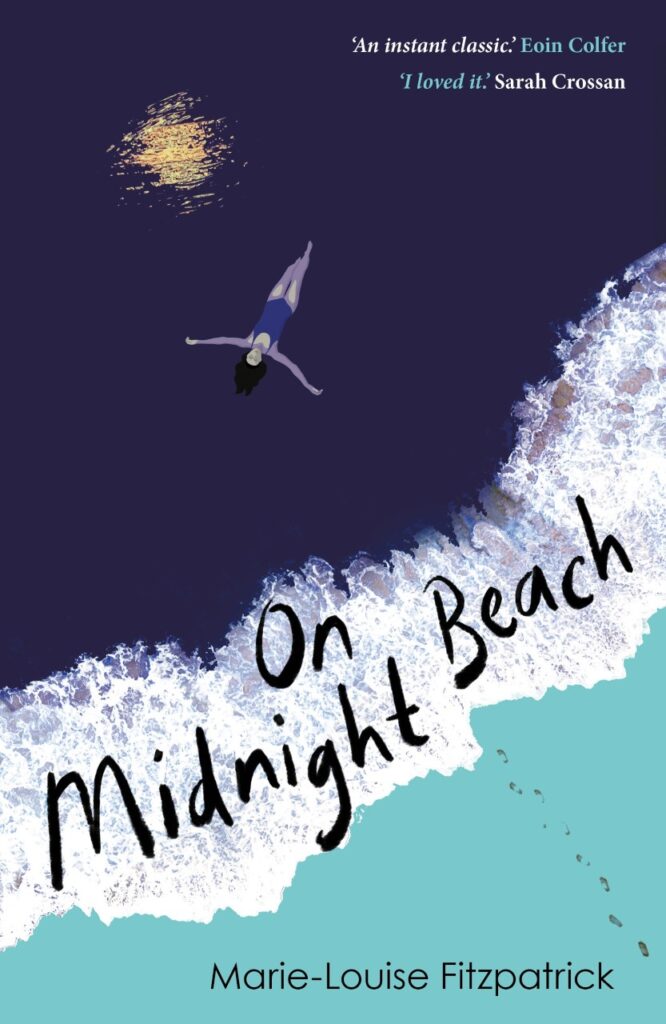
Like everyone, I have all sorts of memories, junk and gems, scattered in the recesses of my brain. Occasionally a piece of junk hooks onto an adjacent gem, snags itself a few foggy memories, and together they burp to the surface of my consciousness as a semi-coherent book idea. I’d always fancied doing something with the Táin Bó Cúailnge but I’d never figured out what or how. On a summer’s day in 2016 an editor friend suggested, over a dish of Murphy’s ice-cream*, that I should dig out my old ideas and go sideways with them, repurpose them in another genre. As I was about to drop off to sleep that night, up floated the beginnings of On Midnight Beach. It would be the Táin retold as a YA story, with Cúchulainn, Conor, Maeve, Aillil and Fergus as teenagers living in two rival fishing villages, the whole adventure streamlined and reset in the heatwave summer of ‘76.
And here was the key idea, the thing which could make it work – instead of lumbering bovine bulls at the centre of the story, graceful, exciting dolphins! For me, the bulls were always a thumping great obstacle in attempting to retell the legend. How do you make the theft of a bull appealing to modern kids? Now I had my solution. Maeve would attempt to kidnap a bull all right, a bull dolphin called Rinn.
I was definitely riffing on Fungi in On Midnight Beach, but Rinn doesn’t have the hail-fellow-well-met charisma of Fungi. I’ve never heard any stories of Fungi causing injury or showing impatience with the boats. Rinn is a wilder, more temperamental fella, and his fictional fame only lasts a single summer before it all comes to a bad end. Fungi, on the other fin, seemed to love us humans just as much as we loved him and, whether he returns to us or not, there will always be a corner of this island which belongs to him.
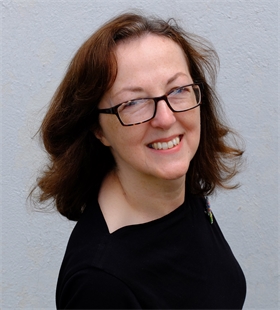
*A coincidence that this suggestion was made over ice-cream made in Dingle? I don’t think so…
Marie-Louise Fitzpatrick is an award-winning Irish author/illustrator. Her books include The Sleeping Giant, Izzy and Skunk, Hagwitch, There and Owl Bat Bat Owl. On Midnight Beach is her first YA novel. She lives in Dublin.



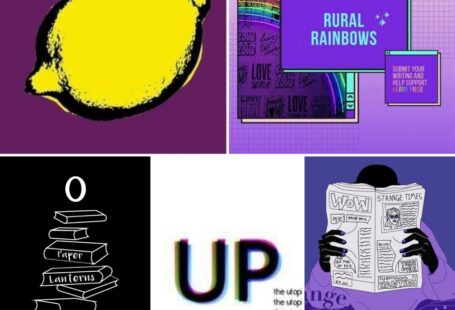
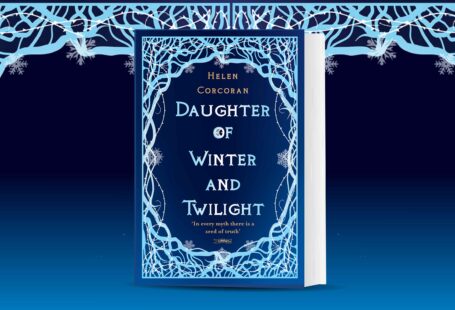
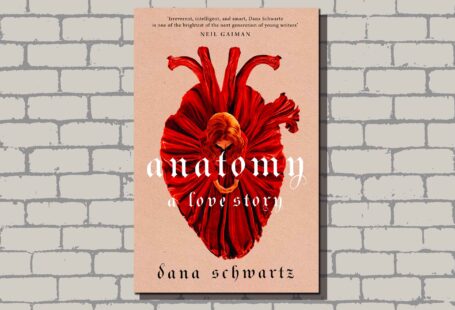
Recent Comments